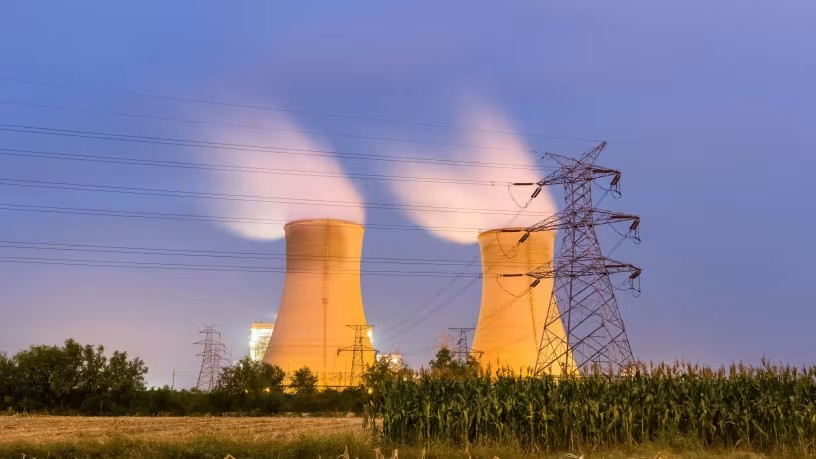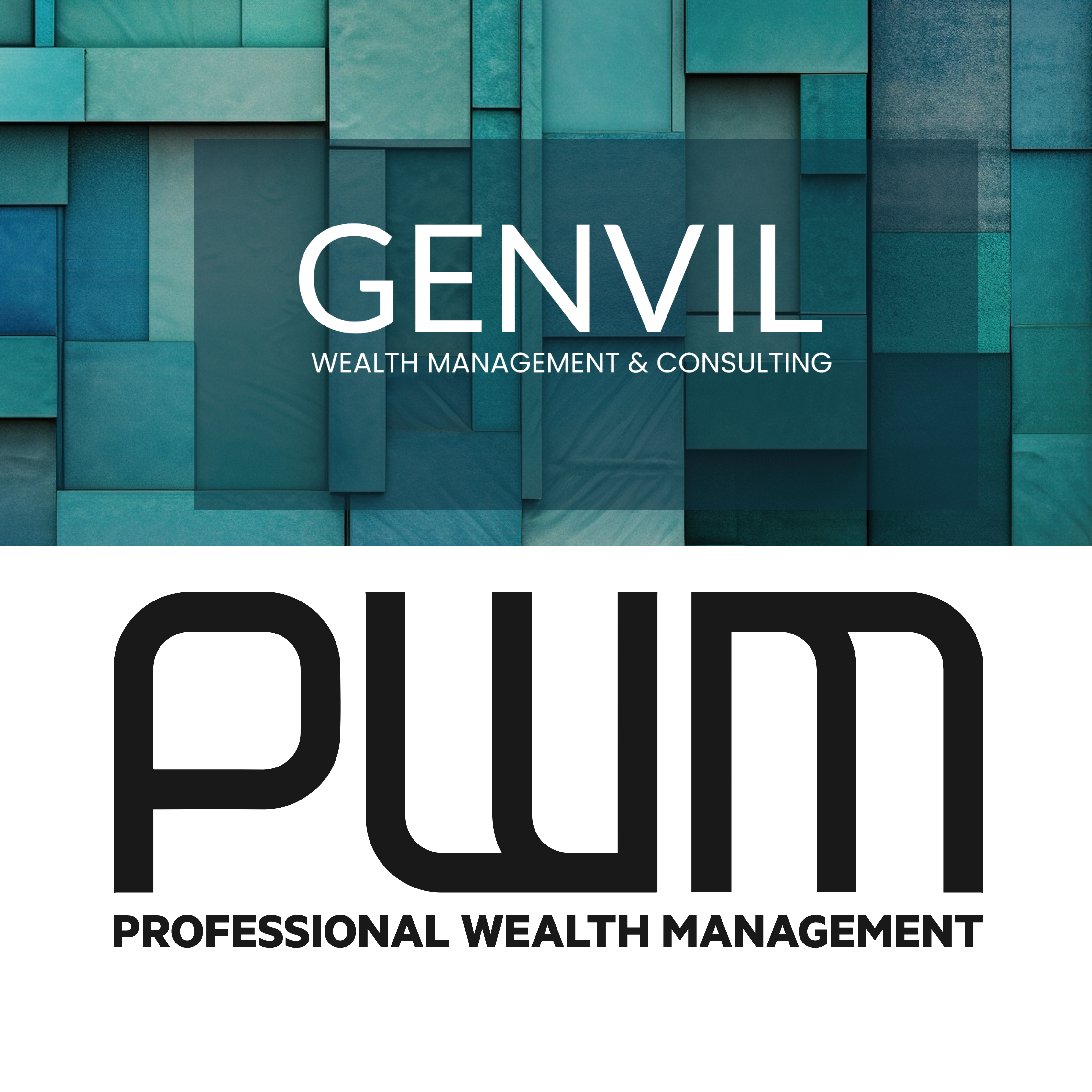Nuclear energy has returned to centre stage as investors re-imagine a sector which is increasingly being integrated into strategic asset allocations
PMW I August 11, 2025 I By Ali Al-Enazi

Once sidelined by public fear and policy retreat, nuclear energy is now back on the investment radar and not just for governments.
For wealth managers, chief investment officers and family offices, the asset class is evolving from a peripheral risk to a pivotal play in portfolios shaped by the demands of energy security, climate action and digital infrastructure.
DBS’s latest CIO thematic, The Nuclear Renaissance, makes the case plainly: nuclear power is not just a clean energy solution, it is fast becoming indispensable.
“The world has entered a new regime where reliable, sovereign and scalable power sources are non-negotiable,” says Daryl Ho, senior investment strategist at DBS, the Singapore-headquartered Asian regional bank. “Nuclear fits all three.”
The fragility of fossil fuel supply chains has been laid bare, illustrated by the war in Ukraine and Middle Eastern conflict which occasionally threatens access to the Strait of Hormuz, argues DBS.
Add to that surging power needs driven by artificial intelligence and net-zero mandates accelerating worldwide, the rationale for nuclear power adoption becomes clearer. “This is not a sector that is simply being re-rated,” says Mr Ho. “It’s being reimagined.”
Tipping point
Perhaps most striking in DBS’s thesis is the linkage between nuclear energy and AI. Far from reducing energy needs, the growing efficiency of AI and quantum computing is expected to amplify demand rather than curb it. “AI systems like large language models require always-on, high-density power,” says Mr Ho. “Only nuclear, with its unmatched capacity factor, can deliver that cleanly, consistently and at scale.”
Investments in the energy theme are increasingly being integrated into strategic asset allocations, as Schroders Capital echoes in its infrastructure outlook.
“Energy transition assets remain especially compelling,” says Nils Rode, Zurich-based chief investment officers at Schroders Capital. “They offer inflation protection, secure income, and diversification, especially in regions like Asia and Europe where decarbonisation policies are accelerating.”
Next-generation nuclear innovations including Small Modular Reactors (SMRs) have emerged as the sector’s tipping point. Smaller, safer and quicker to deploy than conventional plants, SMRs could redefine how institutional and private capital engages with the sector.
“SMRs moved from theory to implementation in 2021, when China connected its first unit to the grid,” says Mr Ho at DBS. He expects “demo units” to be available in the West by 2027–28, with “full commercial rollouts” by 2035.
Rolls-Royce, NuScale, and GE Hitachi are among the players racing to bring viable SMR designs to market, while more than 80 other projects are under development globally.
“Family offices are watching this sector closely,” says François Savary, founder of Geneva-based GENVIL Wealth Management. “Energy security is increasingly seen as a portfolio theme, particularly as AI-linked demand continues to surprise to the upside.”
Uranium premiums
Investors looking for exposure to nuclear energy often start with uranium. “It’s the cleanest near-term play,” says Mr Ho. “Prices are up 162 per cent since end-2019, but remain far from their 2007 peak.”
Yet despite bullish fundamentals, uranium is still “under-financialised”, according to DBS, with most global trade occurring over-the-counter. That makes physical uranium accessible via exchange traded funds or listed holders like Yellow Cake Plc, a uniquely low-volatility commodity position.
“Miners are also attractive,” Mr Ho adds, “especially those with in-situ recovery projects or near-term production. Cameco, NexGen, Denison, they’re all seeing strong equity flows.”
For wealth managers, the question is no longer if nuclear belongs in the portfolio, but how to position it. Schroders sees nuclear fitting squarely within its core/core+ infrastructure strategies. “With higher rates and reduced dry powder, expected equity returns in the space have recalibrated upwards by over 200 basis points since early 2023,” says Mr Rode. “It’s a buyer’s market.”
GENVIL’s Mr Savary takes a slightly broader tack. “It’s difficult to find pure plays on public markets,” he notes. “So we integrate nuclear within a wider global energy allocation that includes transition assets and alternative infrastructure.”
Even within the nuclear energy sector, the capital stack is diversifying. Alongside uranium and listed miners, opportunities are emerging in utilities with nuclear capacity, such as Constellation and Vistra in the US, as well as reactor manufacturers including GE and Rolls-Royce, which DBS notes have outperformed even the “Magnificent Seven” tech stocks since 2023.
Cold war hangover
Sentiment remains a wildcard. Incidents like Chernobyl and Fukushima have etched deep scars into public perception. But the data tells a different story: nuclear has the lowest fatality rate per terawatt hour of any energy source, far safer than coal, gas or even hydropower.
“We need to re-anchor the narrative in facts,” says Mr Ho. “The emotional hangover from cold war-era fears has held nuclear back far too long.”
Public policy is starting to reflect this shift. The US Inflation Reduction Act includes $6bn in tax credits and R&D support for nuclear power. Thirty-one nations pledged to triple nuclear capacity by 2050 at COP29. And the EU has added nuclear to its sustainable taxonomy.
Yet risks remain, not least the concentration of enrichment capacity. Russia controls 46 per cent of global enrichment, a dominance that’s prompted a flurry of Western investment in self-sufficiency. The US, for example, has allocated $700m to expand domestic enrichment.
Still, raw uranium supply is more diversified than crude oil. Australia, Canada and Kazakhstan lead global production, while Namibia and Niger remain key exporters. The concept of “strategic uranium reserves”, mirroring oil stockpiles, is gaining traction.
Emerging technologies such as fusion and thorium are also being developed as potential long-term disruptors to nuclear fission.
“Fusion is exciting but decades away from commercialisation,” says Mr Ho. “Its energy return on investment is still very low.” Thorium reactors and space-based solar may play a role in the longer term, but fission remains the only scalable, high-density, zero-emission solution available today.
Mr Savary agrees: “Nuclear is not perfect but compared to the intermittency and material intensity of other renewables, it offers unmatched consistency and energy density.”
We’re still in the early stages, believes Mr Ho. “But the conditions are in place, capital flows, policy support, technological readiness. And the needs of the digital, decarbonised world aren’t slowing down.”
For investors willing to look beyond old fears, nuclear may well be the most underestimated story in clean energy’s next chapter.




